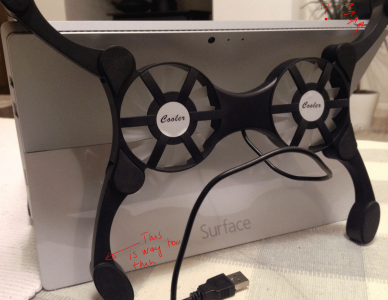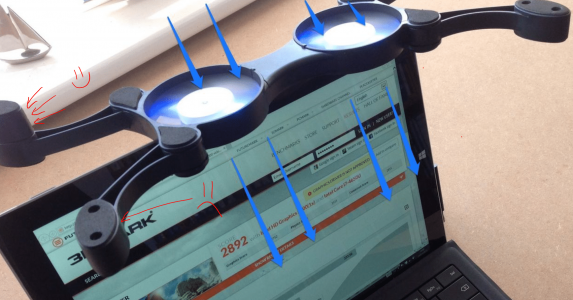OP
Daniel Weck
New Member
LOL
http://s11.postimg.org/6k2xyt3v7/IMG_1027_edited_arrows.jpg

http://s13.postimg.org/ygwki4a47/IMG_1028_edited.jpg

Score 2892
http://www.3dmark.com/3dm/5630235
External fan blowing from top to bottom, split airflow running along both the back and the glass display ... do not blow air right above the webcam, into the vent on the top edge (this is a warm air outlet)
--------
http://s11.postimg.org/6k2xyt3v7/IMG_1027_edited_arrows.jpg

http://s13.postimg.org/ygwki4a47/IMG_1028_edited.jpg

Score 2892
http://www.3dmark.com/3dm/5630235
External fan blowing from top to bottom, split airflow running along both the back and the glass display ... do not blow air right above the webcam, into the vent on the top edge (this is a warm air outlet)
--------
Last edited:




